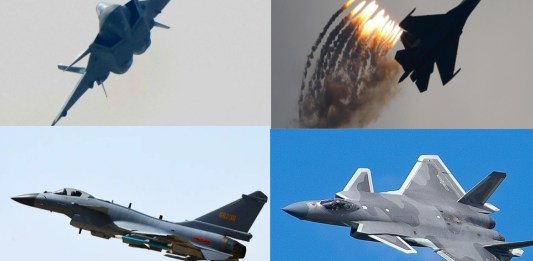Long quiet about its cybersecurity capabilities and business, Boeing is starting to get more vocal about one of the few defense sectors expected to grow in the upcoming budget crunch.
The public push into cyber comes in the form of a ribbon-cutting ceremony for Boeing's new Cyber Engagement Center located little more than 100 yards from Fort Meade, Md., which houses the headquarters of the National Security Agency and U.S. Cyber Command. Boeing Vice President Brian Palma noted the significance of the center's proximity.
"There's absolutely an important part of this that is about being close," Palma said. "Obviously, the government is an important customer for us."
Boeing's name is hardly synonymous with cybersecurity; the market has been dominated by General Dynamics, Raytheon, Lockheed Martin and SAIC, among others. At Boeing's quarterly earnings call Oct. 26, the profitable commercial aviation business received most of the attention, while cybersecurity was barely mentioned.
"The perception is that they haven't talked about it," said Byron Callan of Capital Alpha Partners. "Other people have been talking about it for a while, and that might be a signal in and of itself, that they're not placing the same emphasis on cyber as others are."
However, Steve Grundman of Grundman Advisory said that while Boeing has not been very public about cyber, its other capabilities may prove a major asset.
"It's manifestly correct to say that Boeing has a relatively small IT business compared to its competitors, but it would not surprise me to learn that they have very advanced capabilities in protecting their communications networks," Grundman said.
New Cyber Center
At the Oct. 25 ceremony, Dennis Muilenburg, CEO of Boeing's defense division, said the new facility will house one of Boeing's three major network monitoring offices, and help develop products and collaborate with customers.
"This is the first time that we're bringing it all together in an engagement center where not only can we do the work of protecting Boeing's network and developing new products, but we can also bring customers in to experience those products," Muilenburg said.
As part of the opening ceremony, the company showed off four capabilities:
■ Secure Mobile Enterprise. Still in its infancy, the Secure Mobile Enterprise program is designed to provide platform agnostic security for mobile systems. Boeing would not disclose the means employed to secure the systems but said it had not created some of the products used in the security scheme. The company was describing the capability as a service. The system is designed to secure an entire device as opposed to operating through an individual application, giving greater flexibility to the user.
■ VSOC. Already in circulation for years, the Virtual Security Operations Console (VSOC) has integrated security camera and alarm feeds with 2-D and 3-D maps. Boeing has added the ability to feed network data into VSOC so that attacks on a network can be associated with a particular server on a map. Boeing said this feature will be especially useful in combating on-location attacks using thumb drives or similar devices.
■ TAC. The TripWire Analytic Capability (TAC) system works to mine data looking for connections. Internal documents or publicly available information can be compared to threat data to find correlations. The system uses a list of 500,000 queries that are constantly performed and expanded. Boeing said that although security experts typically spend 80 percent of their time searching for information on threats and 20 percent of their time analyzing threats, the TAC system inverts those percentages.
■ NarusInsight. One of the fruits of Boeing's July 2010 acquisition of Narus, NarusInsight is a network monitoring program that provides a dashboard that can visualize data. The program presents a map with network activity, as well as listings of activity deemed suspicious that are color-coded and organized by the seriousness of the threat. The software does not gather data, and is designed to be integrated into a pre-existing security scheme.
Emphasizing Cyber
While the company is publicly emphasizing cyber, its interest is not new, Palma said.
"We believe we're at an inflection point," he said. "We saw this coming, and this gives us a capability and a way to engage with customers that's different than we've had before, but we're not getting into the cyber business for the first time."
Company officials described cyber as a 100-year business, likening it to the aviation business that has been the backbone of Boeing since its creation.
"This is an area where we've been investing, and we will continue to invest," Muilenburg said.
The new cyber center probably does not reflect the strength of the company's business, Callan said.
"These are kind of iconic facilities, but I think cyber is still a business that gets down to individuals, as opposed to plants and facilities," he said. "It's always a hard market. It's not the same as visiting a factory. That's why you talk about intellectual prowess in cyber."
Even if the cyber business is growing, Callan said he doubted it could lift companies faced with cuts in nearly every other segment.
"It's going to be an important market, but from an investment standpoint, is cyber going to be something that is going to move the needle for these guys? My guess is, probably not."
The Boeing Co.: company profile
■
Headquarters: Chicago.
■
2010 revenue: $30.8 billion.
